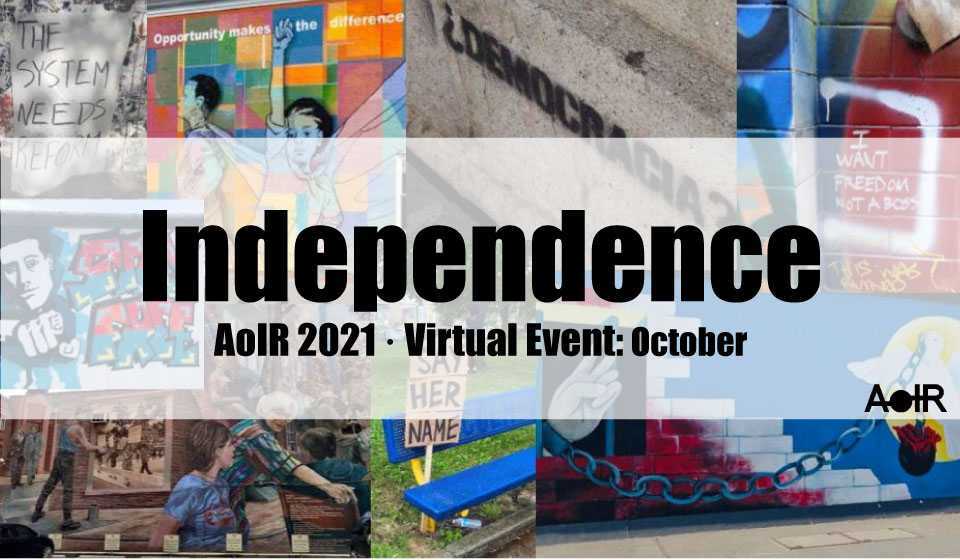‘FAKE NEWS’ AND OTHER PROBLEMATIC INFORMATION: STUDYING DISSEMINATION AND DISCOURSE PATTERNS
DOI:
https://doi.org/10.5210/spir.v2021i0.12089Keywords:
social media, disinformation, misinformation, discourse analysis, fake newsAbstract
Encompassed by the disputed term ‘fake news’, a variety of overtly or covertly biased, skewed, or falsified reports claiming to present factual information are now seen to constitute a critical challenge to the effective dissemination of news and information across established and emerging democratic societies. Such content – variously also classifiable as propaganda, selective reporting, conspiracy theory, inadvertent misinformation, and deliberate disinformation – in itself is not new; however, contemporary digital and social media networks enable its global dissemination and amplification, by human and algorithmic actors (Woolley & Howard 2017), ordinary users and professional agents, outside of, in opposition to, or sometimes also in collusion with, the mainstream media (Shao et al. 2017; Vargo et al. 2017). Various political, commercial, and state actors are suspected to have exploited this ‘fake news’ ecosystem to influence public opinion, in major votes ranging from the Brexit referendum to national elections, and/or to utilise discourse around ‘fake news’ to generally undermine trust in media, political, and state institutions. This panel brings together a number of perspectives that combine systematic, large-scale, mixed-methods analysis of the empirical evidence for the global dissemination of, engagement with, and visibility of problematic information in public debate with the study of the public discourse about ‘fake news’, and the operationalisation of this concept by politicians and other societal actors to downplay inconvenient facts or reject critical questions. In combination, its five papers present a substantive collection of innovative approaches to the ‘fake news’ concept, exploring the dissemination of problematic information itself at larger and smaller scales as well as examining the operationalisation of the idea of ‘fake news’ in pursuit of specific ideological aims. This produces a new and more comprehensive picture of the overall impact of ‘fake news’, in all its forms, on contemporary societies.

